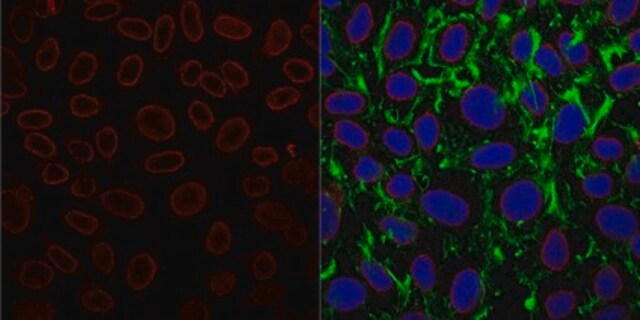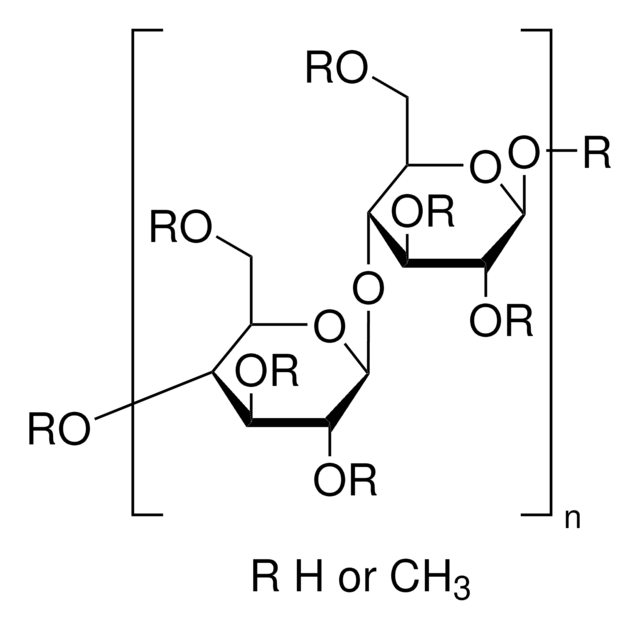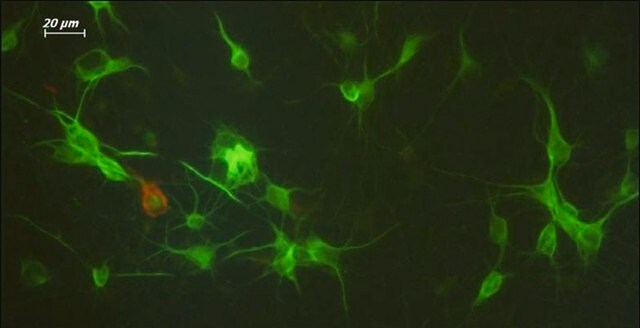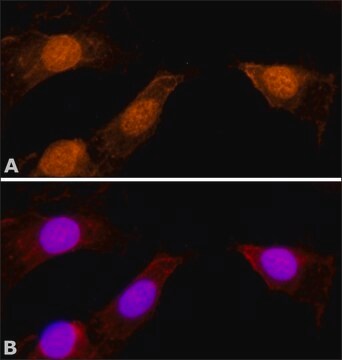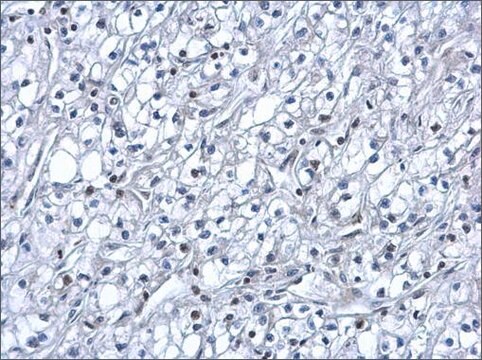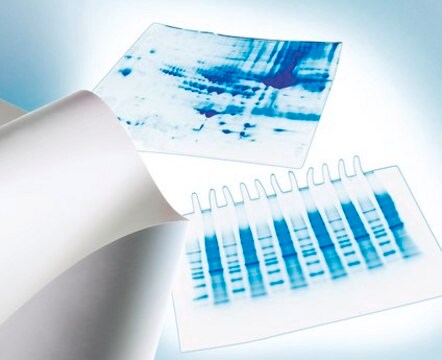N8786
Anti-Nuclear Pore Complex Proteins antibody, Mouse monoclonal
clone 414, purified from hybridoma cell culture
About This Item
Recommended Products
biological source
mouse
Quality Level
conjugate
unconjugated
antibody form
purified immunoglobulin
antibody product type
primary antibodies
clone
414, monoclonal
form
buffered aqueous solution
mol wt
antigen 62-210 kDa
species reactivity
mouse, rat, yeast, Xenopus, human
concentration
~3 mg/mL
technique(s)
electron microscopy: suitable
immunocytochemistry: suitable
immunoprecipitation (IP): suitable
western blot: 2-4 μg/mL using HeLa total cell extract
isotype
IgG1
shipped in
dry ice
target post-translational modification
unmodified
Gene Information
human ... NPIPB15(440348)
General description
Immunogen
Application
- immunoblotting
- immunoprecipitation
- immunocytochemistry
- immunoelectron microscopy
- immunofluorescence
Biochem/physiol Actions
Physical form
Disclaimer
Not finding the right product?
Try our Product Selector Tool.
Storage Class Code
12 - Non Combustible Liquids
WGK
nwg
Flash Point(F)
Not applicable
Flash Point(C)
Not applicable
Choose from one of the most recent versions:
Already Own This Product?
Find documentation for the products that you have recently purchased in the Document Library.
Articles
The isolation of subcellular fractions by centrifugation is a commonly used technique and is widely applicable across multiple cell and tissue types. Because organelles differ in their size, shape, and density, centrifugation can be easily employed to separate and purify organelle fractions from gently homogenized samples.
Our team of scientists has experience in all areas of research including Life Science, Material Science, Chemical Synthesis, Chromatography, Analytical and many others.
Contact Technical Service